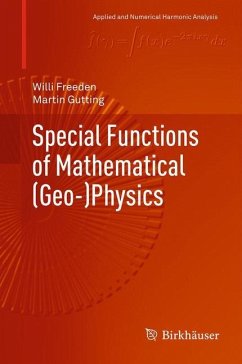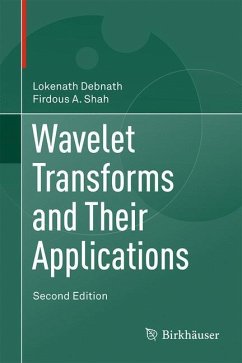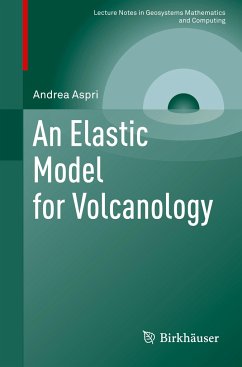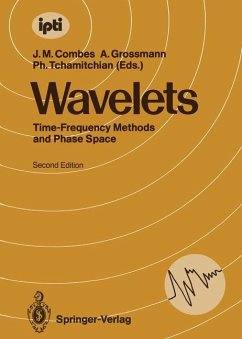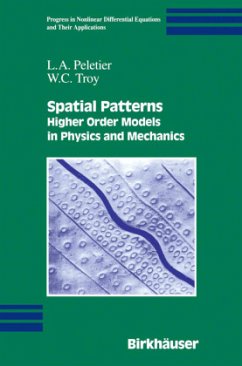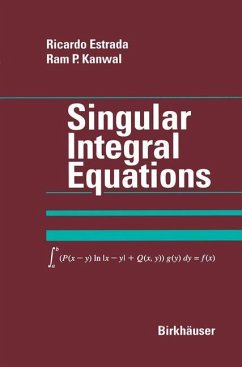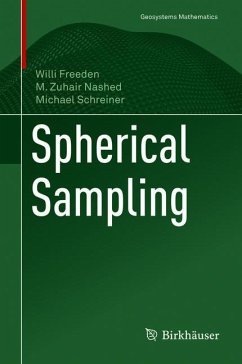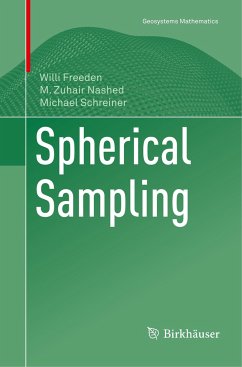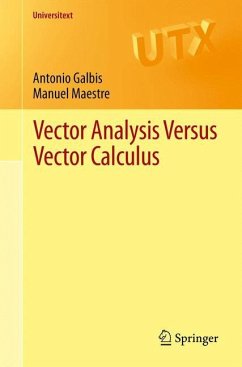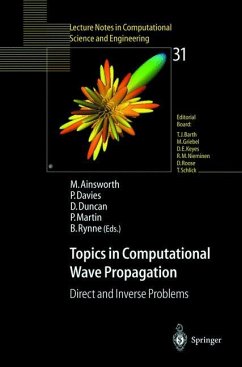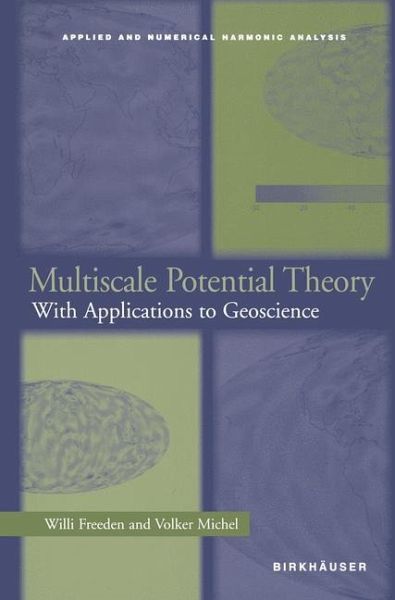
Multiscale Potential Theory
With Applications to Geoscience
Versandkostenfrei!
Versandfertig in 1-2 Wochen
39,99 €
inkl. MwSt.
Weitere Ausgaben:

PAYBACK Punkte
20 °P sammeln!
During the last few decades, the subject of potential theory has not been overly popular in the mathematics community. Neglected in favor of more abstract theories, it has been taught primarily where instructors have ac tively engaged in research in this field. This situation has resulted in a scarcity of English language books of standard shape, size, and quality covering potential theory. The current book attempts to fill that gap in the literature. Since the rapid development of high-speed computers, the remarkable progress in highly advanced electronic measurement concepts, and, most of al...
During the last few decades, the subject of potential theory has not been overly popular in the mathematics community. Neglected in favor of more abstract theories, it has been taught primarily where instructors have ac tively engaged in research in this field. This situation has resulted in a scarcity of English language books of standard shape, size, and quality covering potential theory. The current book attempts to fill that gap in the literature. Since the rapid development of high-speed computers, the remarkable progress in highly advanced electronic measurement concepts, and, most of all, the significant impact of satellite technology, the flame of interest in potential theory has burned much brighter. The realization that more and more details of potential functions are adequately visualized by "zooming in" procedures of modern approximation theory has added powerful fuel to the flame. It seems as if, all of a sudden, harmonic kernel functions such as splines and/or wavelets provide the impetus to offer appropriate means of assimilating and assessing the readily increasing flow of potential data, reducing it to comprehensible form, and providing an objective basis for scientific interpretation, classification, testing of concepts, and solutions of problems involving the Laplace operator.





